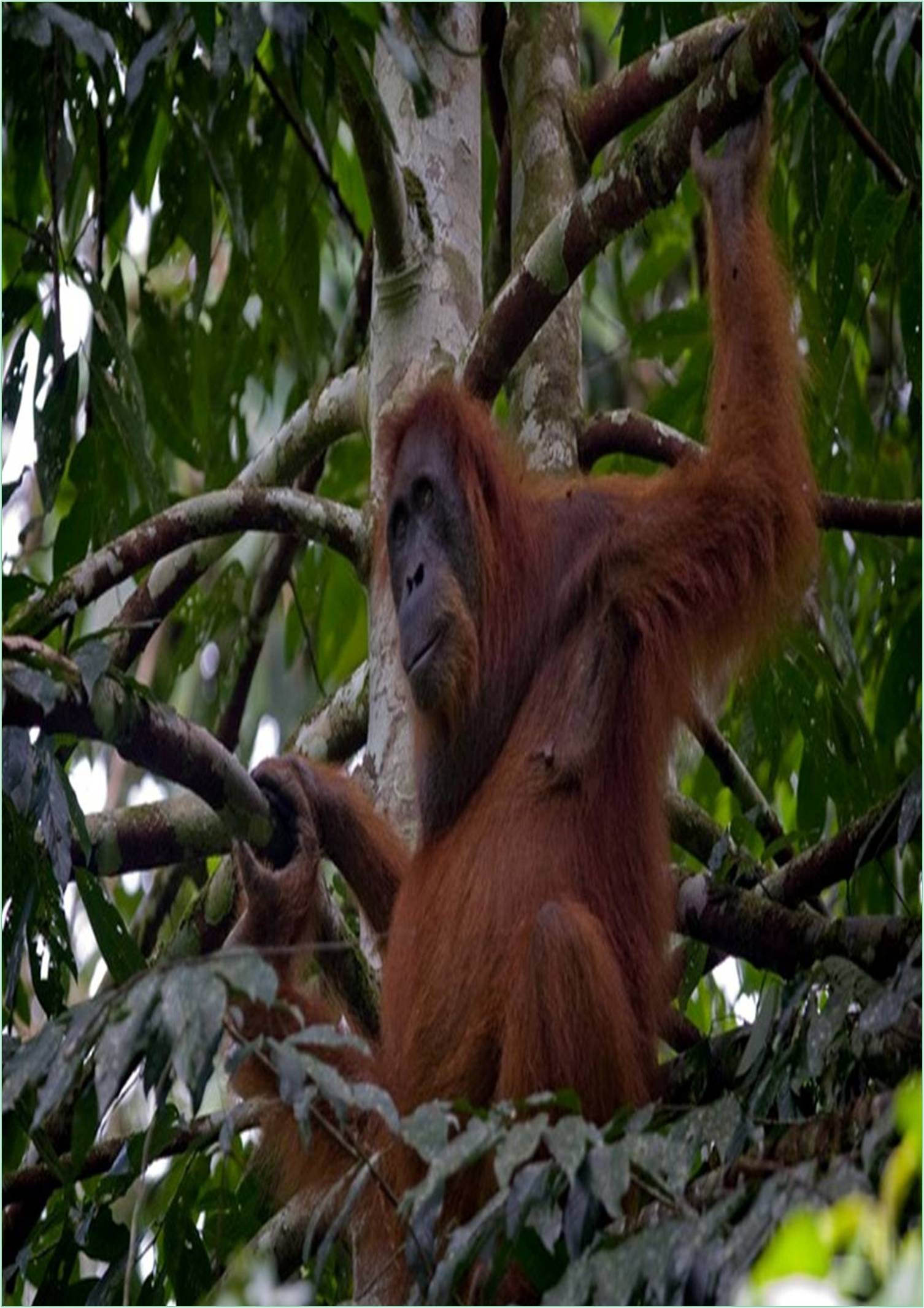



Received: 28-Jan-2022, Manuscript No. JBCR-22-59875; Editor assigned: 31-Jan-2022, Pre QC No. JBCR-22-59875(PQ); Reviewed: 14-Feb-2022, QC No. JBCR-22-59875; Revised: 21-Feb-2022, Manuscript No. JBCR-22-59875(R); Published: 28-Feb-2022, DOI: 10.15651/ JBCR.22.1.3
Biodiversity-the diversity of lifestyles on earth-is integral to a healthy and stable environment. Diversity of life ensures environmental resilience, provides human beings with the life structures on which they rely, and enriches life on earth. Due to human activities, the planet is presently experiencing a biodiversity crisis that is resulting in the loss of species and populations of species and the habitats that aid them.
Biodiversity underpins all ecosystems and their services. Biodiversity is the sort of all types of life and it is important to the existence and proper functioning of all ecosystems. Biodiversity helps habitats for all species by providing many specific environments in which species can exist; those consist of ecosystems of every type and size, rare ecosystems, and corridors between habitats. Many scientists believe biodiversity, because it represents all types of life on earth, provides or helps the core advantages that human beings derive from their environment. Biodiversity is essential for the provision of ecosystem services, which we rely on for food, air, and water security, and multiple other natural benefits.
Many human activities may have a terrible impact on biodiversity. The developing human population and the land development that includes population growth can be specifically destructive because land conversion and the subsequent lack of habitats can have an effect on the stability or persisted existence of species. Habitat loss is a challenge for virtually all species, as human beings convert natural habitats to other land uses. Overexploitation from extractive uses, including business fishing and game hunting, can significantly reduce species numbers, occasionally to the brink of extinction. Upsetting the viability of a single species may have far-reaching impacts on the balance of a whole ecosystem. People can also damage biodiversity by putting stress on environments and species through overuse. Outdoor recreation can be a positive, healthful activity for human beings; however, high numbers of visitors to a place can harm plant life, stress nearby animal populations, and introduce invasive species. Invasive species can outcompete or consume local species to the point of extinction. Some invasive species which are discovered in the U.S., including kudzu and the Emerald Ash Borer Beetle, can absolutely regulate ecosystems, affecting overall biodiversity. All types of pollution, from chemicals to nutrient loading, can also pose extreme threats to aquatic and terrestrial species.
Biodiversity supports food security and sustained livelihoods through standard genetic diversity. Genes modify all biological procedures on this planet and increase the capacity of organisms to deal with environmental stressors. Preserving genetic diversity ensures the continuing existence of an extensive range of crops that can be able to withstand disease and probably beneficial biochemicals such as those used in healthcare. It also means the availability of species for pollination and pest control. Losses in genetic diversity will lower organisms’ coping capacity and risk losing potentially beneficial biological information.
Biodiversity has significantly contributed to modern medication and advancements in human health research and treatment. Many modern pharmaceuticals are derived from plant species, inclusive of the anti- tumor agent Taxol from the Pacific yew tree, the anti- malarial artemisinin from sweet wormwood, and the cardiac drug digoxin from the digitalis plant. Pharmaceuticals can also be derived from non-plant species, including the drug ziconotide, which has been quite powerful in relieving nerve ache and severe ache in most cancers patients and is derived from the venom of predatory cone snails. Without the species that provide those drugs, it is possible that remedies for ail-ments like malaria, tuberculosis, cancerous tumors, congestive coronary heart failure, and multiple other illnesses may also never have been discovered.
As the conversion of habitats and subsequent losses in diversity takes place, the potential for loss of treatment options for some of the world’s most troubling illnesses increases. In addition to the numerous medicinal benefits from biodiversity, human health may be positively affected simply by spending time in outdoor environments, which has been related to increases in lifestyles satisfaction and happiness, and reduces blood pressure, anxiety, and cardiovascular disorder symptoms. Conserving biodiversity and protecting a huge range of habitats maintains the many advantages that this diversity offers for all species. Highly diverse environments, inclusive of Yellowstone National Park, are prime ecosystems that support many species in addition to being aesthetically beautiful, educational, and interesting recreation sites.